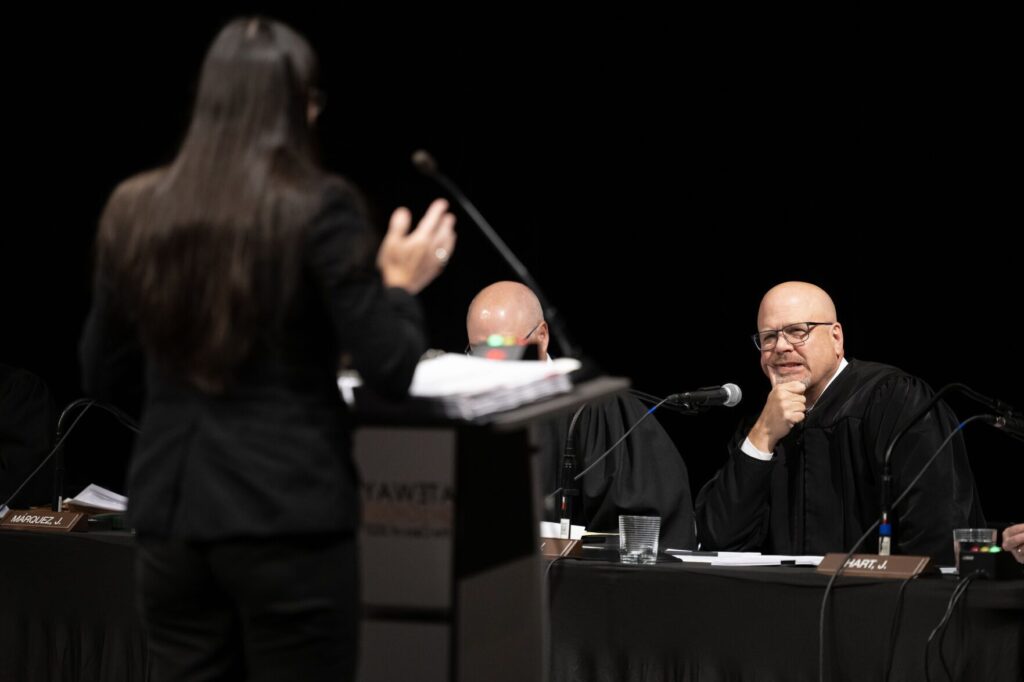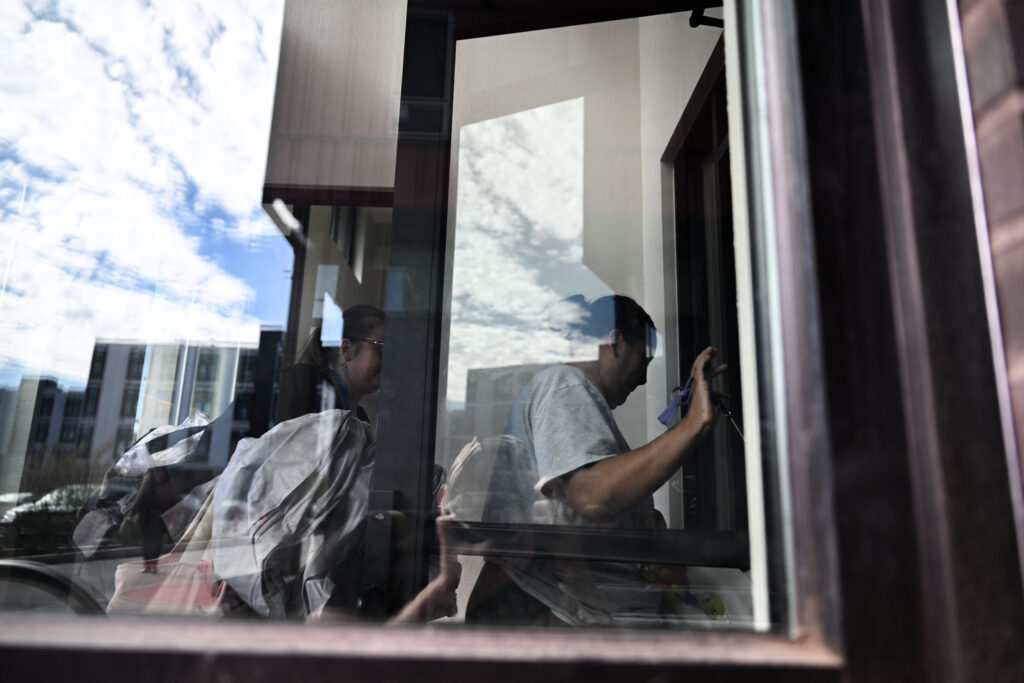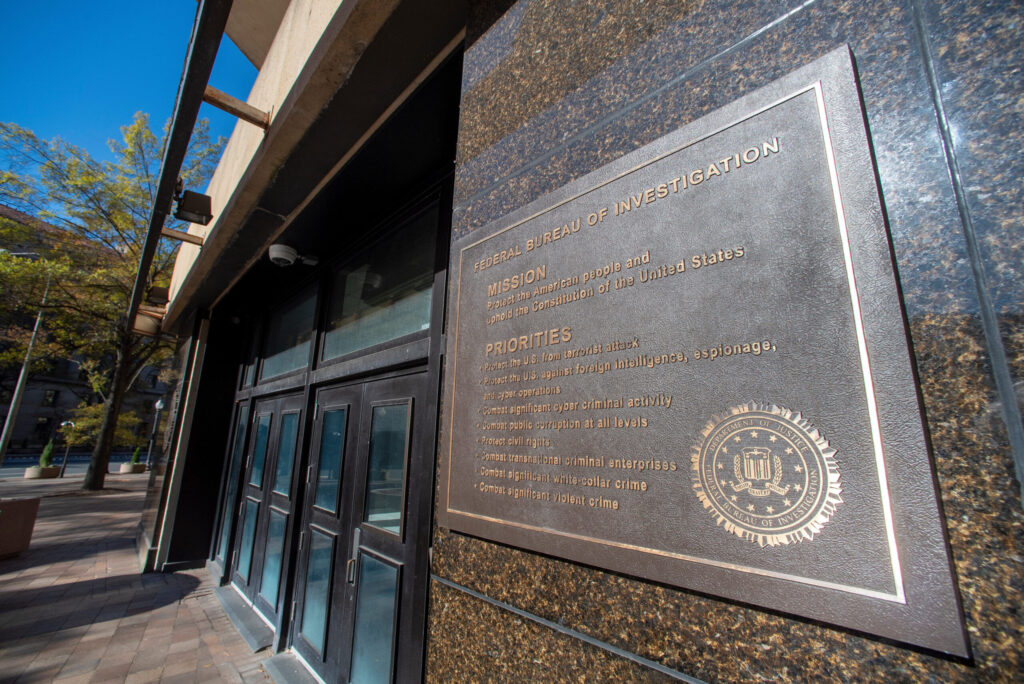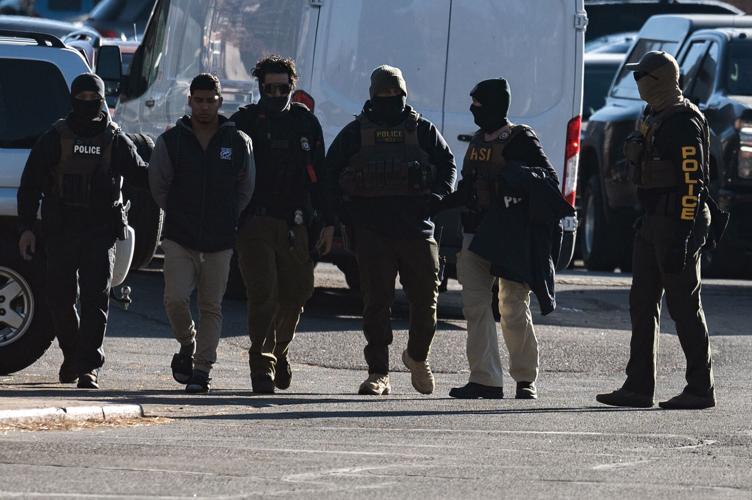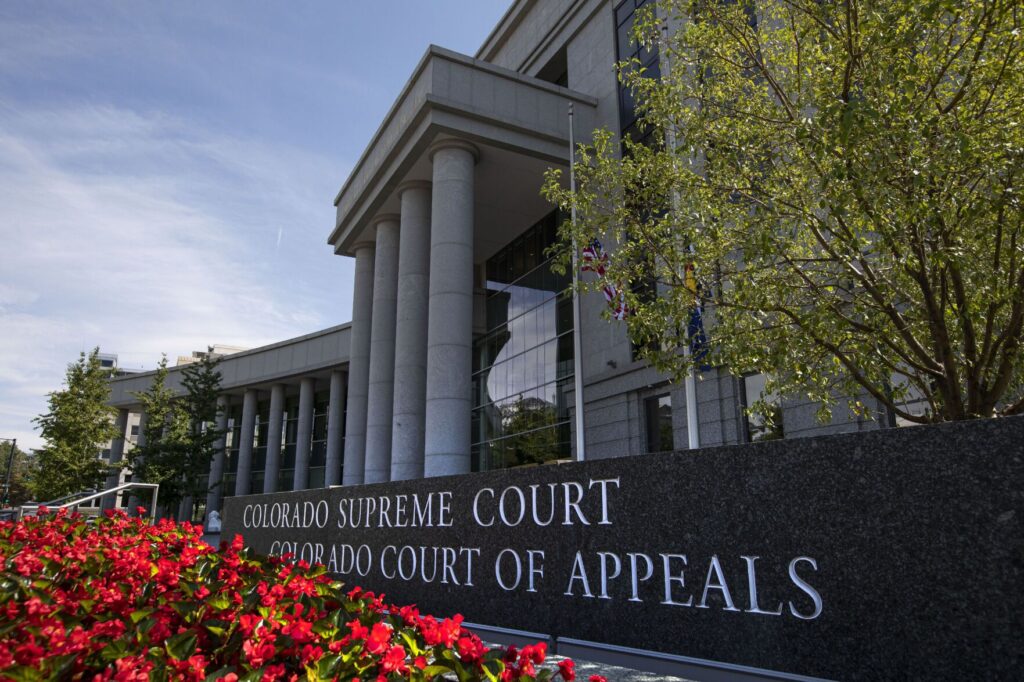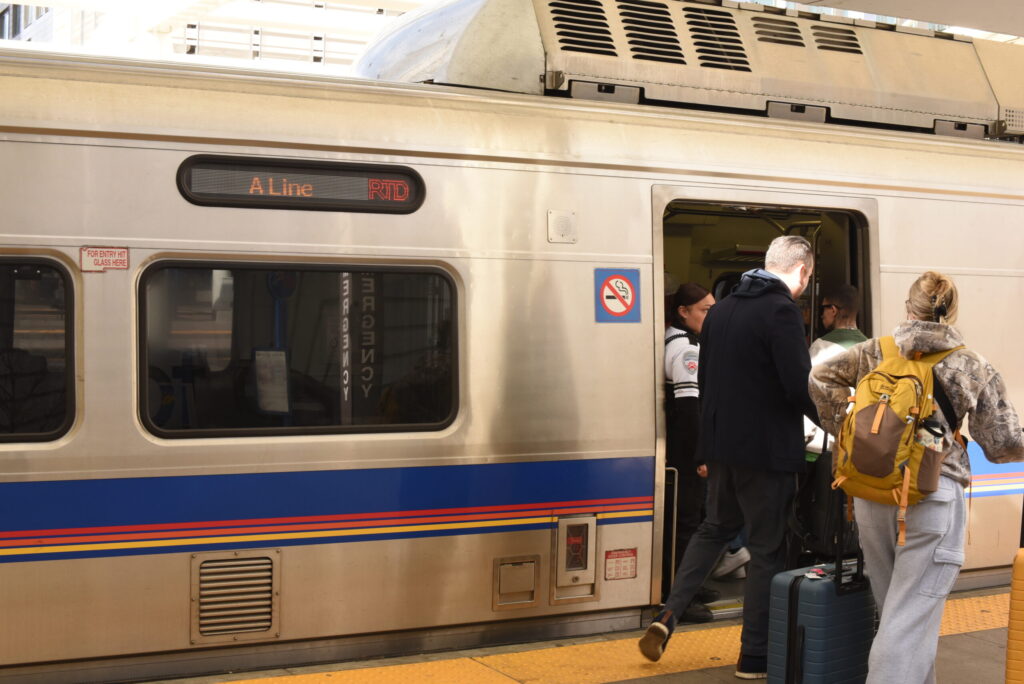Experts say federal drug pricing program has been abused, misused
A program developed in the 1990s allowing healthcare organizations to purchase discounted outpatient drugs to help low-income patients has grown into a system of abuse and misuse without government oversight, according to industry insiders.
During a breakfast hosted by Colorado Politics in Downtown Denver on Tuesday, a panel discussed the state and national effects that the drug pricing program known as 340B is having on the healthcare industry. More specifically, the three-member panel talked about how much it costs the healthcare industry.
The federal 340B Drug Pricing Program allows eligible healthcare organizations to purchase outpatient drugs at a discount from manufacturers. The program was established in 1992 as part of the Public Health Service Act.
William Smith, senior fellow in life sciences at the Pioneer Institute, said that after the Affordable Healthcare Act was approved during the Obama Administration, more people became insured, and the 340B program evolved into something it was never intended to be, starting around 2010 and 2011.
Smith said pharmacy benefit managers (PBMs) and large hospitals have learned how to profit from the program. For example, a cancer drug costing around $200,000 is only $25,000 for hospitals with 340B status. However, the hospital is still billing insurance companies for $200,000 and “pocketing $175,000 in profits,” he said.
“That’s really what’s driving this program — is the ability of hospitals to arbitrage the discounts,” Smith said. “And what’s happened is hospitals have gone out into wealthy neighborhoods and have purchased physician practices, particularly physician practices that prescribe high-cost drugs, like rheumatologists or oncologists, and they bought them up so that they could charge more to the discounts for profit.”
Smith said PBMs “rushed to this program because there’s so much cash in it,” adding that reimbursements are higher than they would be through a regular commercial health plan.
When the program, which the Health Resources and Services Administration oversees, started in the 1990s, Smith estimated that only 500 entities were eligible. Today, that number has grown to 10,000 entities.
“And let me say something about hospitals because the implication might be that I’m critical of hospitals, and that’s not the case,” Smith said. “I have a very balanced view of hospitals.”
Smith said he knows of hospitals doing the work 340B is supposed to do by treating uninsured and low-income patients. However, he also knows of wealthy hospitals leveraging the program, while decreasing “charity-care” services.
The panelists said not all hospitals are exploiting the program and that it comes down to a “few bad actors.”
The result, the panelists stressed, is that insurance premiums go up and the costs are pushed onto employers.
In addition to employers, there is real concern about how the 340B program now affects patients, said Jonathan Campbell, chief science officer for the National Pharmaceutical Council.
Campbell, joining the healthcare breakfast virtually from Washington, D.C., said patients might not be positively affected by 340B when there is a “buy low, sell high” approach to patient care.
“Buy low, sell high means that payers are paying the highest amount,” Campbell said. “Often an unrelated amount for medicines. And those concerns are that employers are not receiving the discounts.”
Patients and employers are footing the bill for overbilling to the tune of $5 billion, Campbell said.
Courtney Christian, deputy vice chair of policy and research for PhRMA who also attended the panel in person, said the solution could not be to eliminate the 340B program because it has value to hospitals when applied correctly, noting that its primary purpose is to help patients in need and support charitable programs.
Christian described a bleak picture of the program’s continued growth.
PhRMA estimated that 57% of all hospitals in the U.S. participate in 340B, with discount program purchases reaching an estimated $54 billion in 2022, a 23% increase from 2021.
PhRMA data shows that the number of contract pharmacies participating has grown by 8,000% since 2010.
In Colorado, 64 hospitals participate in the 340B program. PhRMA estimated that there were 1,118 contracts between Colorado 340B hospitals and pharmacies nationwide.
Christian said only 25% of the contract pharmacies are in medically underserved areas.
According to PhRMA data, hospitals in Colorado make 2.8 times as much from 340B as they spend on charity care.
Meanwhile, Christian said there are still 40 million uninsured citizens who need programs like 340B.
A federal fix
When asked if states can adopt a policy to fix the problem, Reid Porter, senior director of public affairs for PhRMA, said 340B is a federal program that “is in desperate need of a federal fix.”
Christian said state lawmakers could help by putting pressure on Congress to update policies and require more hospital accountability.
Smith said the biggest problem is transparency. As the policy currently stands, hospitals are not required to report the charity projects the funds are going toward.
Christian and Smith agreed that simply requiring hospitals to report how much in 340B funds they are receiving and where they are spending them could solve many of the issues.
Smith warned that the hospital lobby is strong and could deter Congress from acting.
Christian said some members of Congress are reviewing the data and considering updating the 340B policies that have not changed since being approved over 30 years ago. She said there is hope for some progress in the 2025 session.




